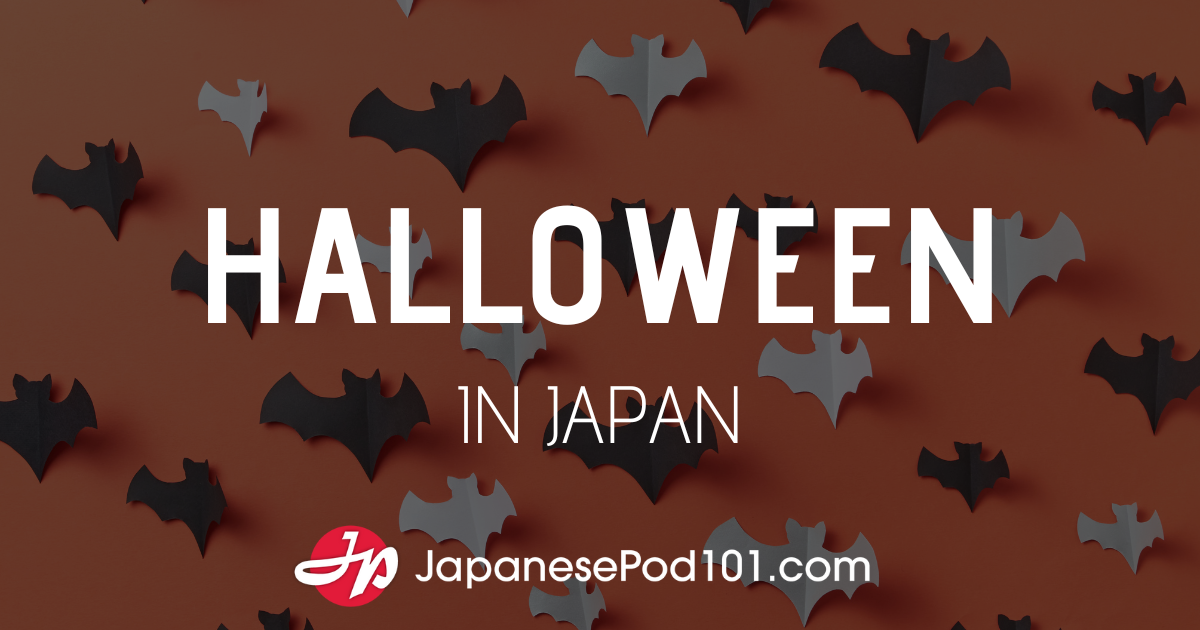| Quick Links Welcome to Kanji Curiosity | The Basics | Glossary |
A long time ago, we talked about terms that contain back-to-back kanji but that don’t merit the repetition kanji 々. Here’s a new candidate for the collection:
直接接触 (chokusetsu-sesshoku: direct contact)
straight + contact + contact + contact
The character 接 appears twice, using the yomi SETSU both times. But these identical twins have hooked up with other kanji, not with each other. It’s more of a double-date than an incestuous situation, if that makes any sense.
To put it more simply, we’re seeing the union of two compounds, each of which happens to include 接. That’s why the two instances of 接 have no relationship to each other here.
The second word, 接触 (sesshoku: touch, contact, contact + contact), seems quite useful, as you’ll see at the link.
In fact, if you’re wondering how to talk about the touch screen at the bank, in your Prius, or in any number of other places, 接触 will come in handy:
接触画面 (sesshoku gamen: touch screen)
contact + contact + picture + faceI love how the last two characters make you do a double take, as they’re so similar-looking.
You might wonder how 接触 and the common word 連絡 (renraku: contacting, getting in touch, to connect + to connect) differ. I asked a native speaker, and his answer appears at the link.
Thus far, these compounds use 触 (SHOKU, fu(reru), sawa(ru)) in ways that match the main meaning we saw last week: “to contact,” both in the physical and nonphysical senses.
But 触 also has a host of other meanings, some apparently bearing no connection to this core meaning or to each other. Here’s a grab bag of additional 触 definitions:
• To Announce
The kanji 触 can mean “to announce, proclaim.” In the following two words, these announcements turn rather nasty:
言い触 (iifu(rasu): to spread a rumor) to say + to announce
触れ回 (furemawa(ru): to spread a rumor)
to announce + to go around
These words are nearly synonymous, though the latter term has more of a sense of spreading a rumor widely.
• To Be in Conflict With
Sometimes making contact means bumping into something or someone. In fact, that was the premise of the movie Crash—that in order to feel connected to each other, humans collide with each other physically and emotionally. The movie starts with Don Cheadle’s voiceover: “It’s the sense of touch. In any real city, you walk, you know? You brush past people, people bump into you. In L.A., nobody touches you. We’re always behind this metal and glass. I think we miss that touch so much that we crash into each other, just so we can feel something.” Not sure I buy it, but the last sentence has lingered in my mind for several years, so that’s saying something.
The following word has to do with collisions, although it generally refers to nonphysical ones (e.g., violations of laws or patents):
抵触 (teishoku: collision, conflict; being contrary, incompatible or contradictory; being in violation (of the law, etc.))
to resist + conflictI initially mistook this 抵 for 低 (TEI, hiku(i): low), but we haven’t slid quite that low! In fact, we may not have slid at all, because 抵触 conflicts aren’t necessarily negative. If someone’s thinking conflicts with the status quo, a prevailing theory, or the law, that person has a 抵触.
• To Irritate and Agitate
Although “irritate” and “agitate” are not official meanings of 触, this kanji can help produce that effect. The irritation may be either physical or emotional, as one can see from the two meanings of this word:
気触 (kabu(reru): (1) to develop a rash or inflammation (e.g., in response to a skin irritant); (2) to be strongly influenced)
feeling + to contact
This word is ateji, as 気 has official yomi of KI and KE, not KA. No matter; when it comes to the first meaning of 気触れる, one usually writes this word in hiragana. (As this is a kanji blog, however, you’ll find the word in kanji in the sample sentences.)
Sample Sentences About Skin Irritations …
The second meaning, “to be strongly influenced,” tends to have a negative nuance, as you’ll see at the link.
Sample Sentence About Influences …
Clearly, the following term also has a negative connotation:
逆鱗に触 (gekirin ni fu(reru): to infuriate your superior; to provoke imperial wrath) reverse + (fish) scales + to agitate
We’ve seen 逆 several times, though always with the yomi of GYAKU, not GEKI. The next kanji, 鱗, typically means “fish scales,” but in this case, it refers to dragon scales! According to one saying, a dragon has an area under his chin with scales running in the reverse direction. If you touch them, it’ll infuriate the dragon so much that he’ll kill you! The dragon represents the emperor. Hmm … I now have an uncontrollable urge to find a dragon and tickle him under the chin!
Sample Sentences with 逆鱗に触れる …
You can agitate someone else or yourself to the point of madness:
気が触 (ki ga fu(reru): to go mad) feeling + to touch?
This kanji combination brings us back to 気触 (kabu(reru)), only with an interstitial が and slightly different yomi.
Here, 触 may relate back to the core meaning of “touch.” In English, we say someone’s a bit “touched” if we suspect insanity, so perhaps that’s also what’s going on in Japanese. Check the link for a sample sentence that made me laugh out loud (because it hit so close to home for this Virgo).
Time for your Verbal Logic Quiz!









